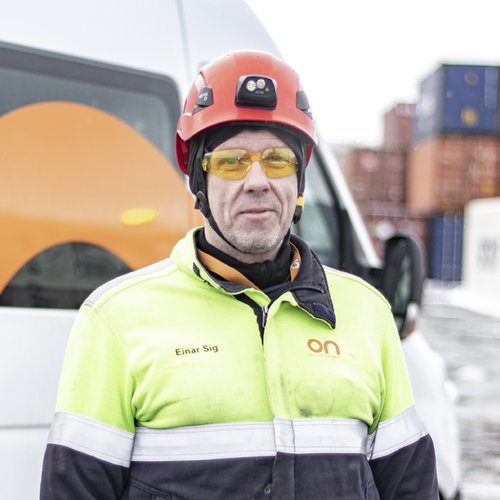The year 2019 was a year of considerable investments for the OR Group. They amounted to ISK 19.4 billion, increasing by ISK 3 billion from the previous year. The main reason are increased activities in the construction of housing in the company's main operating area. The company’s solid finances enabled it to meet this growth and finance it in a favourable manner.
In 2019, Reykjavik Energy began issuing green bonds to partially finance these large investments following an independent rating agency's assessment of the issuance. The bonds received the highest grade, dark green, both for the relevant projects’ sustainability and governance of the issuance. OR's bonds, first green bonds from Icelandic companies, were offered in open tendering and subsequently listed on the Nasdaq Iceland Sustainable Bonds Market.
Efficiency is one of Reykjavik Energy’s values, and one that is particularly applicable to the company's finances. Financial objectives are pursued to ensure that Reykjavik Energy and its subsidiaries:
- have sound finances,
- operate with an acceptable level of risk,
- offer fair prices for services,
- pay owners dividends from their assets.
Reykjavík Energy, which is entirely owned by municipalities, considers that sound finances promote the UN's sustainable development goal 11 for sustainable cities and communities.








